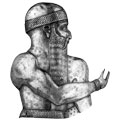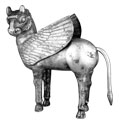The Destruction of the Bamiyan Buddha
 Click here to download this article.
Click here to download this article.
"The destruction of a piece of ancient art is a permanent loss for humanity which no power can replace it."
In 2001 the Taliban, because of its extreme religious bigotry, decided to wipe out all traces of cultural heritage in Afghanistan and in particular the world-famous statue known as the Bamiyan Buddha, the tallest carved sandstone statue of the ancient world. Their decision gave rise to profound concerns in the art circles of the world. Houshang Mahboubian decided to ignore all international political concerns and press ahead to save the statue. His efforts to save the Bamiyan Buddha were promptly reported in an article published in the UK daily newspaper The Times*.

Through the mediation of the Afghan embassy in London, Houshang succeeded in establishing contact with Mullah Mohammad Omar. On 5 March 2001 Houshang wrote a two-page letter to the Taliban leader. After a lengthy introduction he made a reference to the “allegations” circulating in the international media about the Taliban’s religious bigotry and their understanding of Islamic law, under the influence of which they were resolved to obliterate all traces of Afghan cultural heritage, which they classified as the “reproduction of human figures” in paintings or sculptures. The letter continues as follows:
It is not clear how true these rumours are, but the Taliban government should keep in mind that the creations of the artists of each country do not belong to the ruling group or government of the day to modify them as they wish and according to their own personal beliefs. The creations of the artists belong to the civilisations of the world. The destruction and eradication of such art, based on personal taste or desire, is an inconsiderate and unforgivable act and the damage resulting from this destruction of international cultural legacy is irreparable.
The ancient country of Afghanistan has contributed much to the art of the world. Your beautiful ancient works of art, which are spread around Afghanistan, in Kabul Museum and art museums throughout the world, are outstanding examples of the extensive talents of Afghan artists and your ancestors during the six-thousand years of art history in your country. This should be a source of pride for your society. It is your duty to preserve and guard such glories for the present generation and those to come.
The unique Buddhas of Bamiyan, which are prominent examples of art objects of your ancestors, were created centuries before Islam and were respected by the same ancestors. Today the thoughts and philosophies of Buddha are respected by billions of people who live in the countries around you. Is the disrespect and destruction of the manifestation of a person in whom a group of people (whose numbers are larger than those of Muslims) believe, and the creation of an ideological clash between them and the Muslims a correct and thoughtful course of action?
Because of all these reasons I beg of you to first reconsider and order the Taliban forces to refrain from the destruction of, and further damage to, these objects. Second, please choose to preserve for the present generation, and generations to come, these artistic treasures that are the pride of past generations of artists. Third, if none of these reasons are acceptable to the heads of the Taliban government, at least agree to have these objects sold.
On 2nd March 2001 a proposal was sent to you through the Embassy of Afghanistan in London, which you have no doubt received. I hereby repeat again that I am ready to buy the large, 175-foot-high Buddha of Bamiyan for $5 million and remove it from Afghanistan at my own expense. The detachment and transport of a statue of such a great dimensions from the high altitude of the rocky mountains of Afghanistan are a very difficult and expensive task. I have undertaken discussions with the international firm of John McCarthy Associate, who have huge helicopters and the necessary technology for such operations, and they have announced their readiness for such a project.
When negotiations with the Taliban government of Afghanistan were under way, Houshang Mahboubian contacted the United Nations Educational, Scientific and Cultural Organization (UNESCO) to obtain their official approval for the purchase and transfer of the Bamiyan Buddha statue out of Afghanistan. Unfortunately however, UNESCO was against Mahboubian’s proposal and informed him that any attempt in the direction is considered criminal according to the UNESCO Convention of 1970. Subsequently, due to the delayed communication, the bureaucracy and a breakdown in the line of the negotiations with the Taliban, Afghanistan Taliban muslims destroying bamiyan buddhas statues the Taliban went ahead and destroyed the statue using dynamite.
*Hussain, Zahid and Stephen Farrell, “Taleban Smashes Statues of ‘Infidel Buddha’”. The Times (5 March 2001), page 15.
Art Robbery in New York
 Click here to download this article.
Click here to download this article.
In December 1984, in order to participate in an art exhibition in New York, Houshang decided to ship some of his finest Achaemenid and Sassanid gold and silver pieces (circa 600 BC–700 AD) from Switzerland to the United States. The total value of the shipment, according to French (commissaire priseur) official experts in ancient art, was estimated at 23 million US dollars. This shipment was insured with Lloyds of London for the same sum.
As soon as the shipment arrived in the customs warehouse in New York City, the entire art collection was stolen in a planned robbery. What was surprising was that the NY police department, despite being aware of the detailed plan of the robbers, not only did not prevent the theft but actually had all the security alarm system of the customs building turned off during the hours when the robbery was under way thus providing easy access and escape for the culprits. Later, the NY police claimed that their action was a ploy to catch the thieves red-handed!
The arrest of the robbers and the recovery of the entire art collection within an hour of the robbery, the parading of these ancient, valuable and unique items on international TV and press reports the following morning (New Year’s Day 1986) provided excellent publicity for the New York police force following public criticism of their inability to cope with the high levels of theft in the city. However, the NY police did not immediately return the recovered collection to Houshang. On the contrary, they made various excuses to keep the entire collection for a considerable period of time and Houshang had no option other than to take legal action to have his property returned to him.
At the start of Mahboubian’s legal case, the Prosecutor at the Supreme Court, Cyrus Vance Jr - relying on a letter, as evidence, received from someone who later became revealed as a fraudster ex-manager of the Mahboubian Gallery in London - fabricated his own baseless theory that Mahboubian’s motivation in transporting his collections to New York was to defraud Lloyds of London by claiming insurance damages. Vance’s intention was to make ungrounded accusations in order to confiscate Mahboubian’s valuable collection for the benefit of New York City and its police organisation. The truth of the matter is that Houshang had at no time requested a claims application from his insurers, Lloyds of London. More importantly, Lloyds of London never accused Houshang Mahboubian in this matter.
Despite the above facts, Cyrus Vance Jr, taking advantage of an extreme anti-Iranian atmosphere (due to the Iranian diplomatic hostage crisis), as well as his father’s presence (Cyrus Vance Sr - US Foreign Affairs Secretary) at the court hearings, succeeded in persuading the jury to rule in his favour and against Mahboubian. The jury found Mahboubian guilty and his valuable collection was confiscated. Many people at the court believed that the presence of the US Foreign Affairs Secretary in a criminal court was unprecedented in US legal history. His presence was viewed as support for his son, but also as an opportunity to participate in a case against an Iranian, following the painful memory of the hostage affair. The invasion of the US embassy building in Tehran and the hostage-taking of the fifty-two US diplomats by the leftist Islamic revolutionaries, on 4th November 1979, as well as Jimmy Carter’s inability to release those hostages were the causes of Carter’s downfall in the US presidential re-elections.
After Houshang Mahboubian appealed against the verdict of the Supreme Court, the case was referred to the Court of Appeal. On 15th June 1989, following a careful study of the case, the panel of judges considered the verdict of the Supreme Court as void, and by certificate No 5579 the Honourable Judge Rena K Uviller confirmed the case as unconditional discharge. Houshang Mahboubian’s case was therefore dismissed. The confiscated collection was then returned to Mahboubian. A part of the same collection then went on to be exhibited in the Metropolitan Museum of New York for about two years, after which it continued on its journey to another exhibition in Japan.
 Click here to download this article.
Click here to download this article.
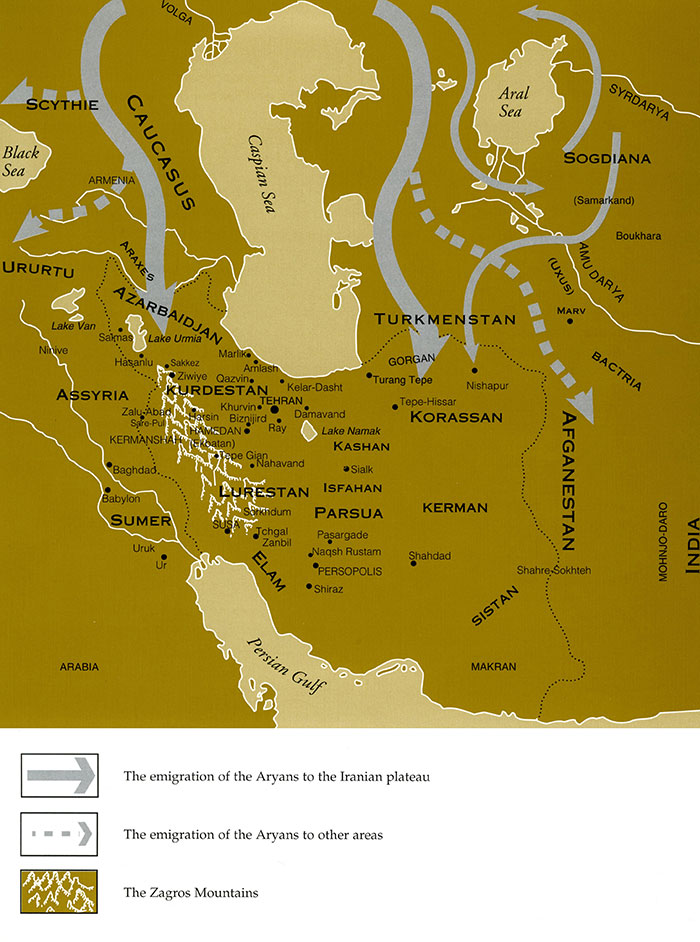 From his youth, Dr Mahboubian loved Iran deeply and spent all his life researching its illustrious history. He knew that in the city of Hamadan and in the foothills of the Zagros Mountains were buried the remains of a great civilisation. Working with the French mission afforded him the opportunity to benefit from their knowledge and experience in scientific excavations. When in his early thirties, Dr Mahboubian decided to leave his medical practice and to engage in research into the history of Iranian art. He undertook to excavate anywhere in the country where there were chances of discovering remains of previous civilisations. He hoped, through his findings, to shed some light on the obscure areas of the history and art of Iran, particularly on the Achaemenid Empire.
From his youth, Dr Mahboubian loved Iran deeply and spent all his life researching its illustrious history. He knew that in the city of Hamadan and in the foothills of the Zagros Mountains were buried the remains of a great civilisation. Working with the French mission afforded him the opportunity to benefit from their knowledge and experience in scientific excavations. When in his early thirties, Dr Mahboubian decided to leave his medical practice and to engage in research into the history of Iranian art. He undertook to excavate anywhere in the country where there were chances of discovering remains of previous civilisations. He hoped, through his findings, to shed some light on the obscure areas of the history and art of Iran, particularly on the Achaemenid Empire.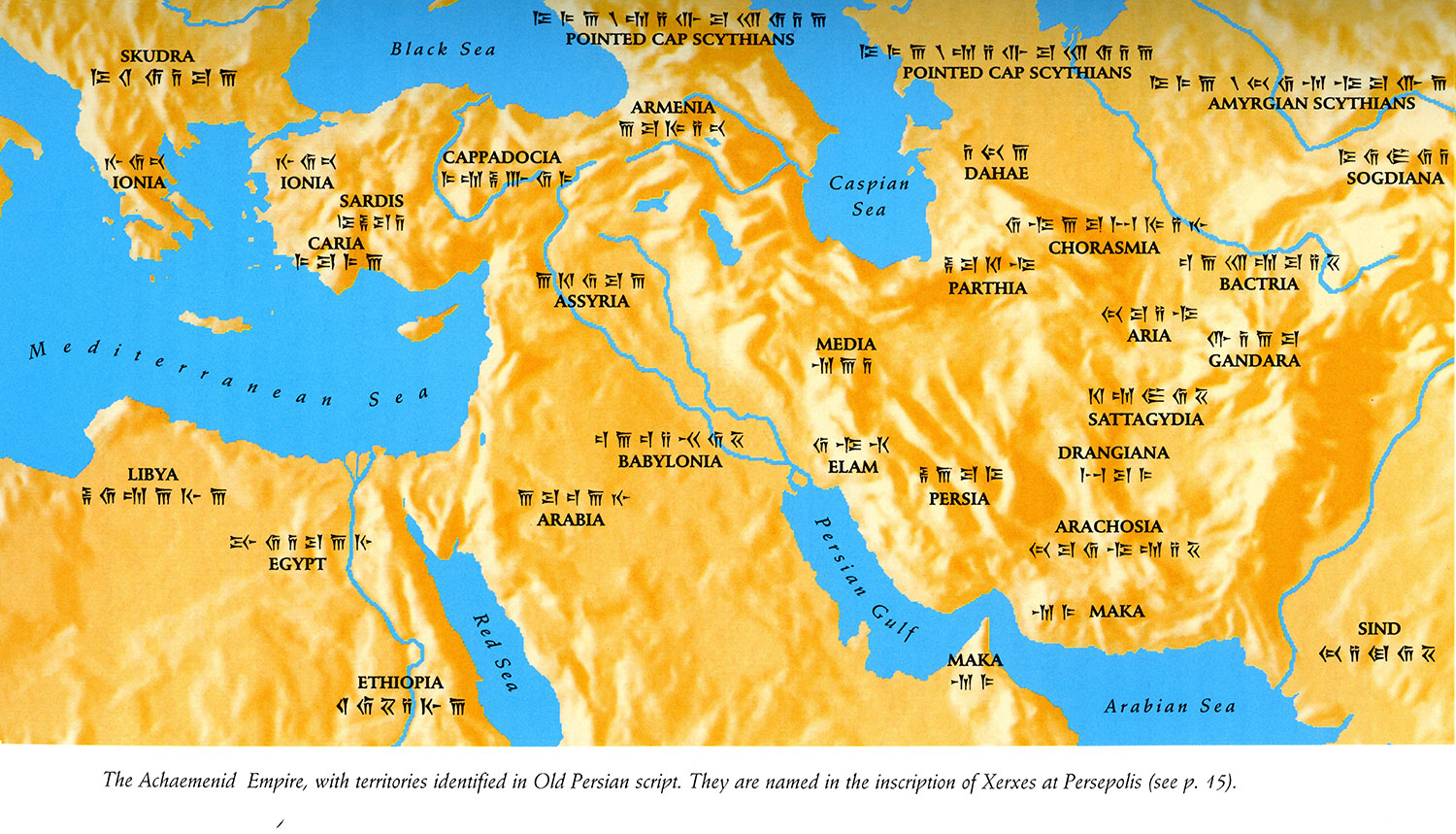 During his active life, which lasted three-quarters of a century, Dr Mahboubian carried out more than one hundred excavations in various regions of Iran. The discovery of most of the archaeological sites in Iran were all fully or partially due to the untiring efforts of this archaeologist who loved Iran so deeply. These sights included the historic hills of Salmas and Hasanlu, the area around Lake Urmieh, Harsin and Piravand in Loristan, Biznijird hill in Hamadan, Ziwiye in Kurdistan, various areas in Ray, Varamin, Semnan, Nishapur, Gorgan, Gonbad Qabus, Qazvin and Sagizabad in central Iran, as well as other sites at Amanlu, Rahmatabad and Amlash in the Caspian Sea area. Dr Mahboubian passed away on 23rd September, 1968 in Tehran, the day after his 100th birthday.
During his active life, which lasted three-quarters of a century, Dr Mahboubian carried out more than one hundred excavations in various regions of Iran. The discovery of most of the archaeological sites in Iran were all fully or partially due to the untiring efforts of this archaeologist who loved Iran so deeply. These sights included the historic hills of Salmas and Hasanlu, the area around Lake Urmieh, Harsin and Piravand in Loristan, Biznijird hill in Hamadan, Ziwiye in Kurdistan, various areas in Ray, Varamin, Semnan, Nishapur, Gorgan, Gonbad Qabus, Qazvin and Sagizabad in central Iran, as well as other sites at Amanlu, Rahmatabad and Amlash in the Caspian Sea area. Dr Mahboubian passed away on 23rd September, 1968 in Tehran, the day after his 100th birthday.
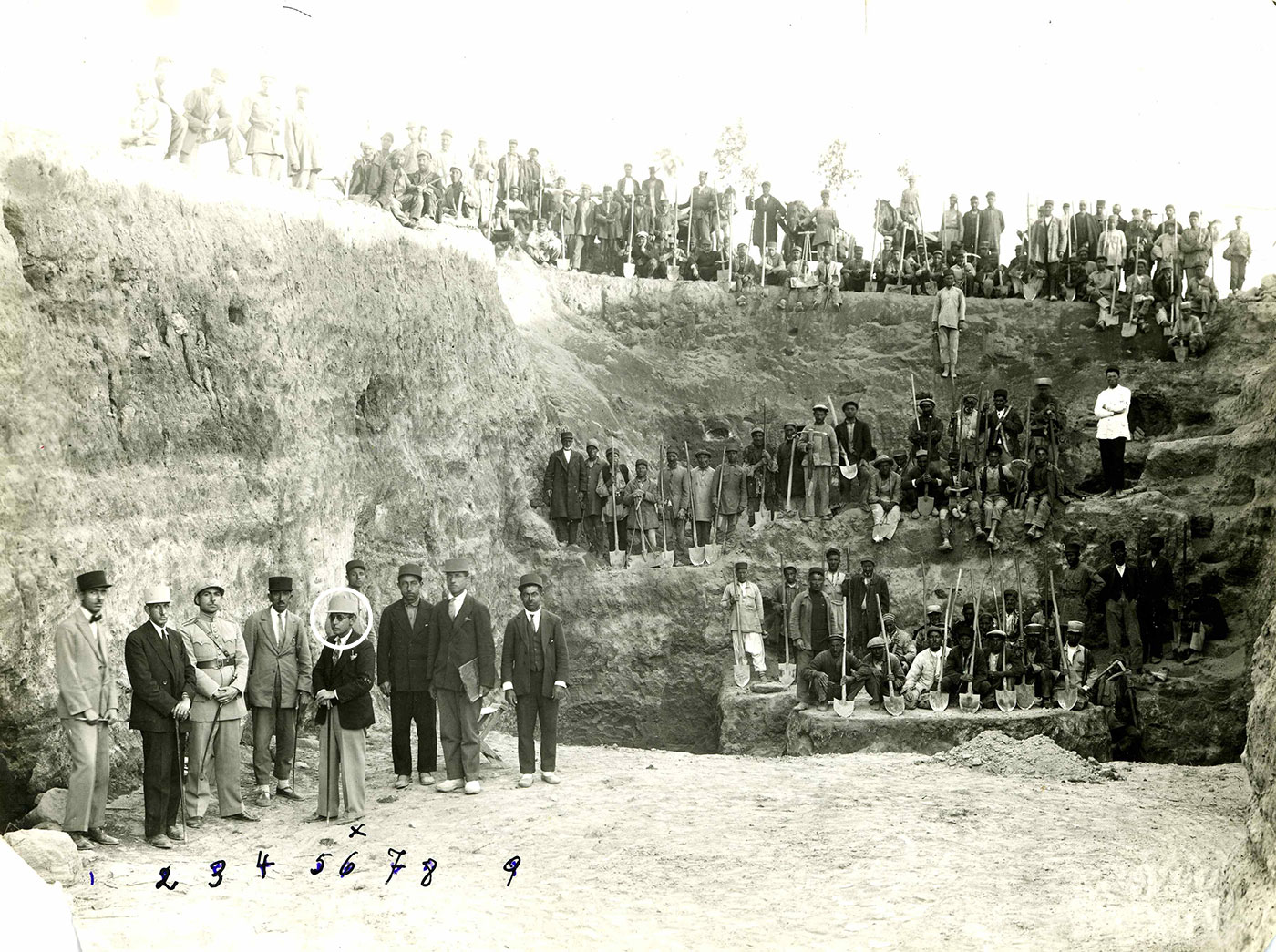

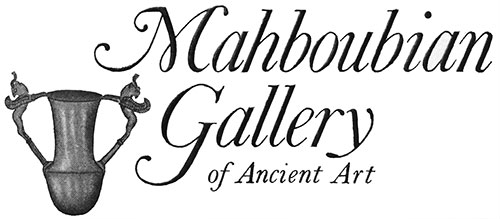
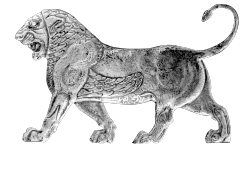
 Between the sixteenth century and the twentieth, millions of ancient artefacts were purchased according to the regulations of the time and taken freely out of the country by foreign lovers of art and travellers, to be added to their public or private collections. This was made possible by the lack of cultural awareness on the part of the governing rulers and the general populations of countries with ancient civilisations
Between the sixteenth century and the twentieth, millions of ancient artefacts were purchased according to the regulations of the time and taken freely out of the country by foreign lovers of art and travellers, to be added to their public or private collections. This was made possible by the lack of cultural awareness on the part of the governing rulers and the general populations of countries with ancient civilisations

